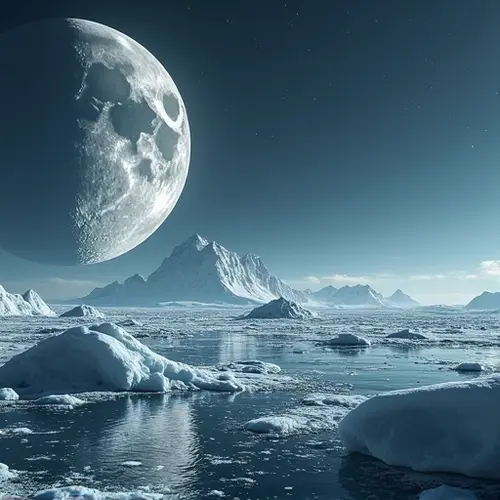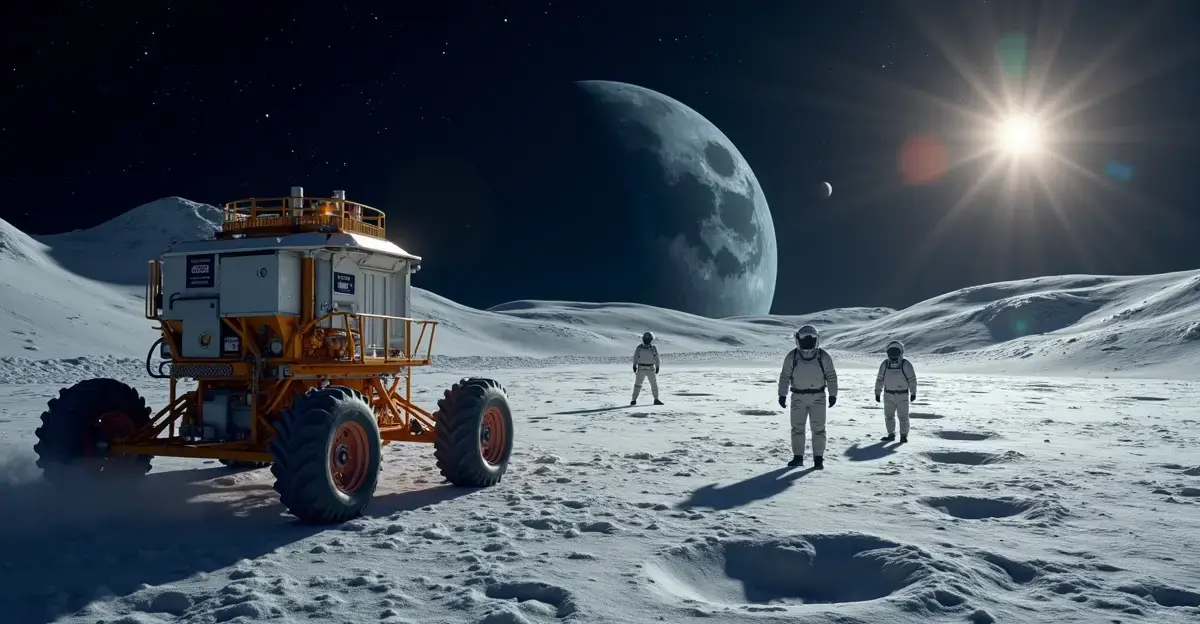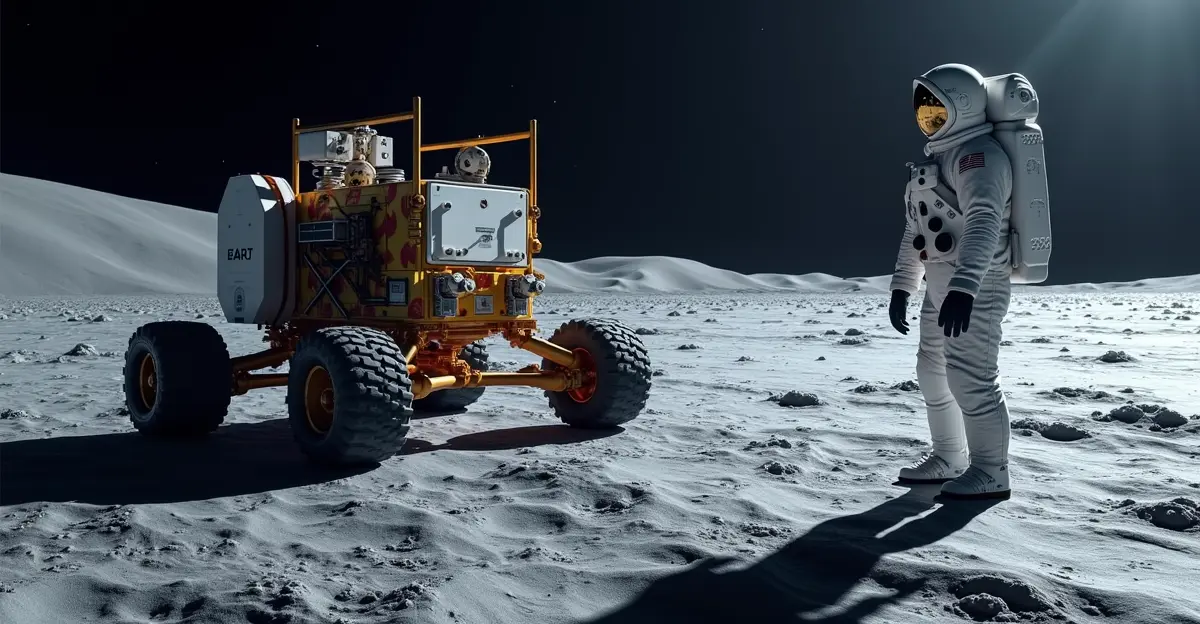The Moon’s south pole, rich in water ice, is the target of international missions like NASA’s Artemis and China’s Chang’e. This resource could enable lunar colonization and deep-space exploration, but raises ethical and legal challenges.

The Moon’s South Pole: A Treasure Trove of Water Ice
The Moon’s south pole has emerged as a focal point for international space missions, driven by the discovery of water ice in its permanently shadowed craters. This resource is pivotal for future lunar colonization, offering potential for drinking water, oxygen production, and even rocket fuel.
International Missions Targeting the South Pole
NASA’s Artemis program aims to land astronauts near the south pole by 2025, while China’s Chang’e missions and India’s Chandrayaan-3 are also targeting the region. The European Space Agency (ESA) and private companies like SpaceX are exploring partnerships to exploit lunar resources.
Implications for Mining and Colonization
The presence of water ice could revolutionize space exploration. Mining operations could extract water for life support and split it into hydrogen and oxygen for fuel. This would reduce the cost of deep-space missions by enabling in-situ resource utilization (ISRU).
Challenges and Ethical Concerns
The rush to the Moon’s south pole raises questions about resource ownership and environmental impact. The Outer Space Treaty of 1967 prohibits national appropriation, but legal frameworks for commercial mining remain unclear. Scientists also warn against disrupting the pristine lunar environment.

 Nederlands
Nederlands
 English
English
 Français
Français
 Deutsch
Deutsch
 Español
Español
 Português
Português









